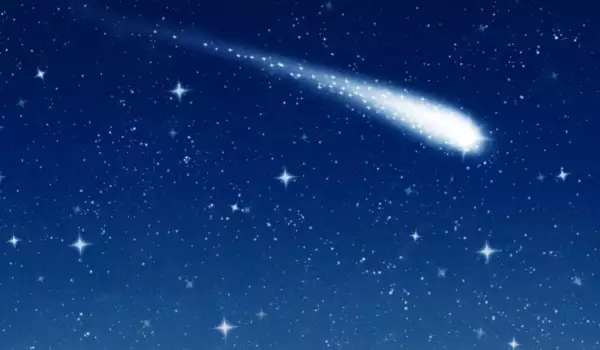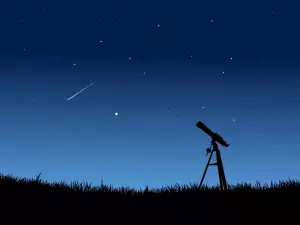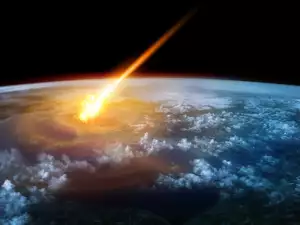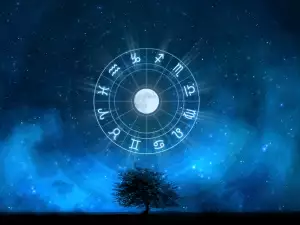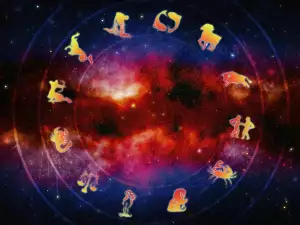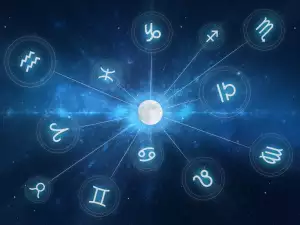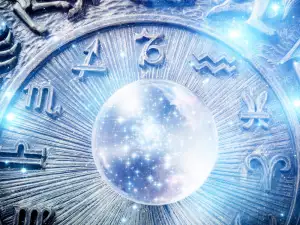In mid-August we will become witnesses to a real tide of shooting stars. The meteor showers will commence on August 5-6th, and will reach their peak between the 11th and 13th of August.
Representatives from the Rozhen National Astronomical Observatory of Bulgaria announced that between 60 and 70 of the natural phenomena, known as shooting stars, will fall per hour. Even though there are almost 2 weeks till then, you can think of a wish now.
The meteor shower that we will witness is the Perseids. Astronomers explain that the shooting stars are actually small parts that break off from the comet Swift–Tuttle.
Once they enter Earth's atmosphere, they heat up and burn up. In the time it takes for them to burn up, they are seen in the form of shooting stars, which actually has nothing to do with real stars.
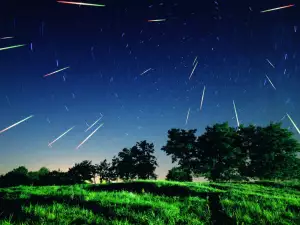
The peak of the falling stars will be between the 11th and 13th of August and will be visible without needing any special equipment.
However, it is recommended to go out in nature - far from the city lights, so that you can see the shooting stars more clearly and wish for different things.
The meteor shower will actually begin on August 5-6th, but at that time the frequency of the falling stars will be less when compared to mid-month, which will be the maximum peak.
The most suitable time for observation will be between 10:30 PM and midnight. After sundown, the Perseids will be perfectly visible in small settlements and out in nature.
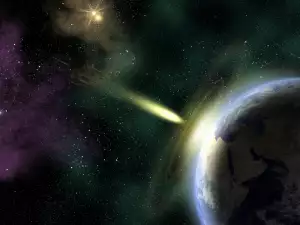
The parent body of the Perseids is the comet 109P/Swift-Tuttle which entered into our solar system about 130 years ago. While orbiting the Sun, at certain times throughout the year, the Earth passes through one of the clouds left over by passing comets.
After the comet passes, parts of its tail continue to spread out in space for decades or even centuries.
In August every year, we can witness falling stars - parts that enter our atmosphere with quite a high speed, shine briefly and then burn up.
